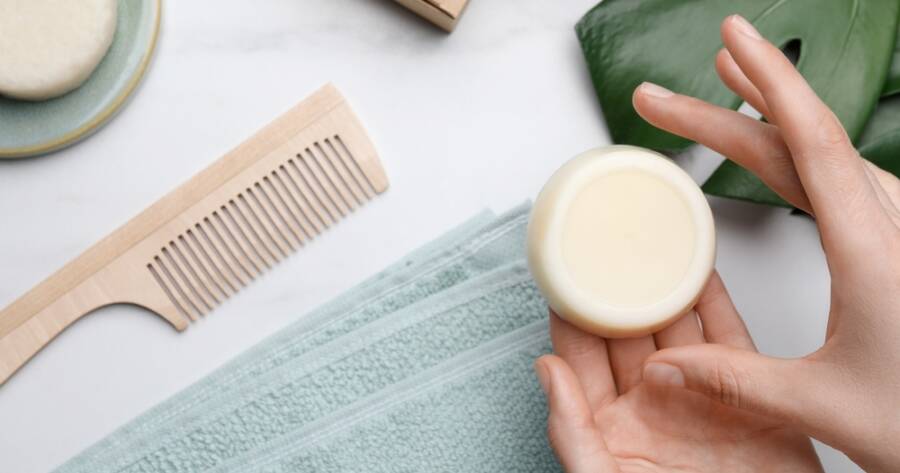In a world where sustainability is becoming more than just a buzzword, the beauty industry is stepping up. One of the most impactful shifts we’re seeing? The rise of waterless beauty. From solid cleansers and shampoo bars to powdered serums and oil-based moisturizers, waterless products are redefining what it means to be clean, effective, and eco-conscious.
With growing consumer demand for sustainability, less waste, and ethical sourcing, waterless beauty is more than a trend—it’s a movement. Here’s why it’s gaining momentum and how it’s changing the way we approach skincare and haircare.
What Is Waterless Beauty?
As the name suggests, waterless beauty products are made without—or with significantly less—water compared to traditional formulas. Instead of gels, creams, or diluted lotions, you’ll find concentrated formats like:
-
Shampoo bars
-
Powder-to-foam cleansers
-
Solid serums and balms
-
Oil-based treatments
-
Dry masks and exfoliants
Many of these products are activated with just a few drops of water at home or used as-is, eliminating the need for bulky, water-heavy packaging.
Why Beauty Brands Are Going Water-Free
1. Sustainability
Water is one of the most commonly used ingredients in beauty products—often making up 60–90% of the formula. As concerns about water scarcity grow globally, brands are rethinking their reliance on this precious resource. Waterless products require less water during manufacturing, reduce carbon emissions associated with transporting heavy liquids, and often come in eco-friendly packaging.
2. Reduced Packaging Waste
Since waterless products are more concentrated, they tend to be smaller and lighter, which leads to less packaging overall. Many brands also use recyclable, biodegradable, or plastic-free materials like aluminum tins, cardboard, or compostable pouches—further minimizing their environmental impact.
3. Longer Shelf Life
Without water, there’s less risk of microbial growth, meaning many waterless formulas require fewer preservatives. This not only appeals to clean beauty advocates but also extends the shelf life of the product without compromising on safety.
4. Travel-Friendly
Solid products don’t count as liquids, making them TSA-friendly and spill-proof—ideal for frequent travelers or minimalists on the go.
Popular Waterless Products Making Waves
Shampoo and Conditioner Bars
Brands like Ethique, HiBAR, and Lush have led the way in offering bar-format shampoos and conditioners that lather just like liquid versions, without the plastic bottles. They’re compact, long-lasting, and perfect for all hair types.
Solid Cleansers and Moisturizers
Cleansing bars and balms made with plant oils, clays, and botanicals are replacing bottled face washes. Moisturizers in stick or balm form are gaining traction too, offering hydration without the filler.
Powdered Serums and Exfoliants
Powder-based vitamin C, enzyme exfoliants, and facial masks activate with a few drops of water, ensuring freshness and stability until the moment of use. These are especially popular in the clean beauty and skincare enthusiast communities.
Multi-use Oil Balms
Waterless oil blends can function as moisturizers, makeup removers, and even hair treatments. With fewer ingredients and less processing, they offer powerful nourishment in a concentrated dose.
What to Look for When Trying Waterless Beauty
Making the switch to waterless beauty doesn’t mean sacrificing results—if anything, it may mean more potent ingredients and less filler. Here are a few things to keep in mind when shopping:
-
Check the ingredient list: Look for plant-based actives, natural oils, and minimal preservatives.
-
Pay attention to packaging: Choose brands using compostable, recyclable, or refillable containers.
-
Start simple: Try one or two waterless products before overhauling your entire routine. A shampoo bar or powder exfoliant is a great place to begin.
-
Support ethical brands: Many waterless beauty lines are also vegan, cruelty-free, and ethically sourced—making your purchase a more mindful one overall.
A More Sustainable Future, One Product at a Time
Waterless beauty is more than a niche—it’s a reflection of what today’s consumers want: effective products that align with their values. As more brands embrace this approach, the shift from convenience to conscious consumption is becoming the new standard in skincare and haircare.
By opting for concentrated, eco-friendly formulas, you’re not just simplifying your routine—you’re making a choice that supports the planet. And that’s a beautiful thing.

